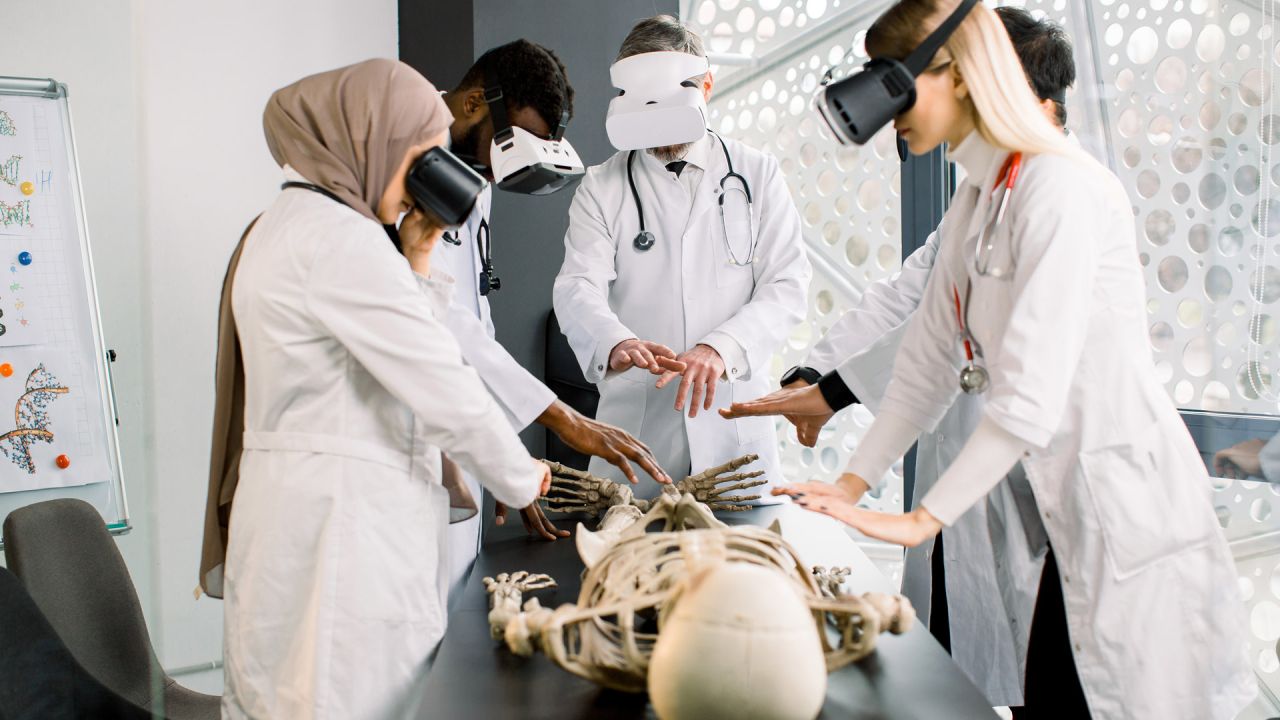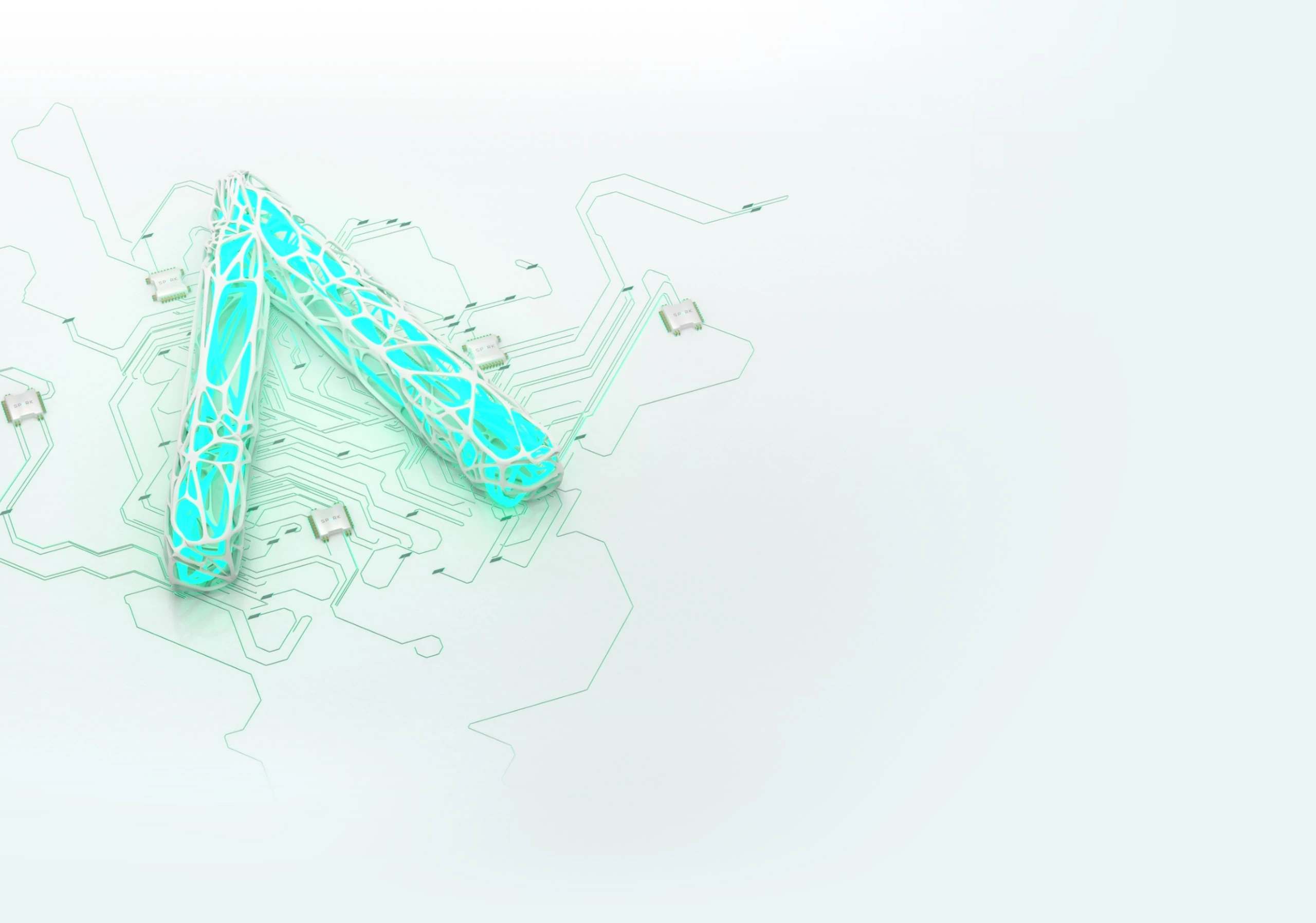Medical Simulation VR: Revolutionising Clinical Training and Patient Care

 Author: Spark Team
Author: Spark Team
Medical Simulation VR: Revolutionising Clinical Training and Patient Care
Introduction to Medical Simulation VR
Virtual Reality (VR) is making significant strides in the healthcare sector, particularly in medical simulation. Medical Simulation VR involves using immersive virtual environments to train healthcare professionals, enhancing their skills and improving patient outcomes. Spark Emerging Technologies is at the forefront of this innovation, providing cutting-edge VR solutions for clinical training, surgical visualisation, and patient education.
Benefits of Medical Simulation VR in Healthcare
Medical Simulation VR offers numerous benefits, transforming traditional training methods and patient care processes:
Enhanced Training: Provides immersive, hands-on experience without the risks associated with real-world procedures, allowing for repeated practice and mastery of skills.
Improved Patient Safety: Reduces errors by allowing practitioners to practice complex procedures in a virtual environment, ensuring they are well-prepared for actual scenarios in the operating room.
Cost-Effective: Reduces the need for physical materials and resources in training programmes, leading to significant cost savings for medical institutions.
Remote Learning: Enables education and training for professionals regardless of their location, promoting accessibility and convenience, especially during times when in-person training is challenging.
Detailed Feedback: Offers detailed analytics and real-time data on performance, helping trainees identify areas for improvement and track their progress over time.
Real-World Applications of Medical Simulation VR
Surgical Training: Surgeons can practise intricate procedures in a risk-free environment, improving their skills and confidence. This is especially useful for spine surgery and other minimally invasive procedures that require a high level of precision.
Emergency Response: Paramedics and emergency responders can train for various scenarios, enhancing their preparedness and response times. Virtual simulations of emergency situations help improve clinical decision-making and coordination.
Patient Education: Helps patients understand their conditions and the procedures they will undergo, reducing anxiety and improving compliance. Visualising the patient’s anatomy and treatment plans makes it easier for patients to grasp their medical conditions.
Clinical Training: Medical students and residents can engage in realistic clinical scenarios, honing their diagnostic and procedural skills. This hands-on approach accelerates learning and competency development, ensuring better patient outcomes.
How Spark Emerging Technologies is Leading the Way
At Spark Emerging Technologies, we are committed to advancing healthcare through innovative VR solutions. Our Medical Simulation VR platform offers realistic, interactive training modules designed by medical professionals for medical professionals. We collaborate with leading healthcare institutions to ensure our simulations meet the highest standards and address the most critical training needs.
Case Study: Improving Clinical Skills with Medical Simulation VR
One of our clients, a leading medical school, implemented our Medical Simulation VR in their curriculum. The result? A 30% improvement in students' procedural skills and a significant increase in their confidence levels during real-life surgeries. The school's faculty reported that students who trained with VR showed better preparedness and were more adept at handling unexpected challenges during clinical rotations.
The Role of Augmented Reality (AR) in Medical Simulation
Augmented Reality (AR) is an emerging technology that complements VR in medical simulation. AR headsets can overlay 3D visualisations onto the real world, providing contextual information during training. This hybrid approach enhances the realism and applicability of medical simulations, particularly in the operating room.
Augmented Reality for Surgery
Combining VR with augmented reality for surgery creates an enriched training environment. Surgeons can use AR to visualise the patient’s anatomy in 3D during spine surgery, improving precision and reducing the invasiveness of procedures. This integration aids in diagnosing and treating complex medical conditions more effectively.
Future of Medical Simulation VR
The future of Medical Simulation VR looks promising. As technology continues to evolve, we expect even more sophisticated simulations that can mimic real-world scenarios with high precision. At Spark Emerging Technologies, we are dedicated to staying at the cutting edge of this revolution, continually enhancing our VR offerings to meet the needs of the healthcare industry.
Integration with Robotic Surgery
The integration of VR and AR with robotic surgery is another exciting frontier. Training medical professionals in robotic surgery through VR simulations can significantly improve their skills and confidence. This combination allows for more precise, minimally invasive procedures, ultimately improving patient outcomes.
Conclusion
Medical Simulation VR is transforming the landscape of clinical training and patient care. With the innovative solutions from Spark Emerging Technologies, healthcare professionals can gain the skills they need to provide better care and improve patient outcomes. Explore our Medical Simulation VR solutions today and join us in revolutionising healthcare.
Contact Us
Interested in learning more about our Medical Simulation VR solutions? Contact Spark Emerging Technologies today to schedule a demo or consultation. Our team is ready to help you transform your training programmes and improve patient care with cutting-edge VR technology.
© 2025 All Rights Reserved | Company Reg No. 05327622 | Spark Emerging Technologies Limited


